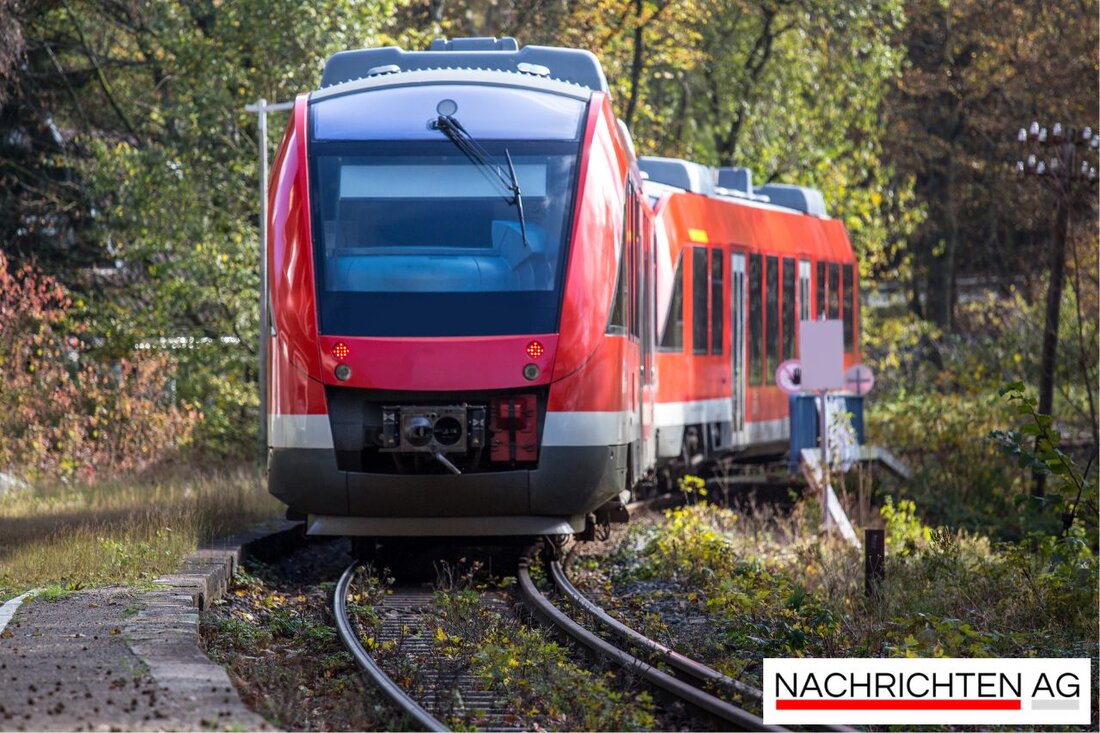New Cologne-Kalk long-distance station: vision of the future or utopia?
Barbara Schock-Werner suggests building a new long-distance train station in Cologne-Kalk to relieve traffic and improve the region.

New Cologne-Kalk long-distance station: vision of the future or utopia?
A new chapter in traffic planning could soon be opened in Cologne. Barbara Schock-Werner, once a Cologne cathedral builder and president of the Central Cathedral Building Association since 2024, has made a remarkable proposal: a new long-distance train station in Cologne-Kalk. This vision is based on the urban planning considerations of the architect Paul Böhm and aims to organize long-distance traffic on the north-south axis on the right bank of the Rhine. The Kölner Stadt-Anzeiger reports that the location for the new train station will be on Kalker Feld, with an S-Bahn connection directly to the main train station and the city center.
The current Cologne main station simply can't keep up. With just 10 tracks, it is designed to handle growing traffic flows like a pedal boat in a storm. Barbara Schock-Werner draws a comparison to Düsseldorf, whose main station has 22 tracks and can therefore better deal with the challenges of long-distance transport. The new long-distance train station in Kalk could not only reduce the pressure on the existing main train station, but also improve the Kalk district. “A new long-distance train station would reduce the strain on the railway lines to the city center by 50%,” explains Schock-Werner.
While we are talking about this vision, an implementation and impact study is being carried out by two companies in parallel; the results are expected this summer. The necessary steps for a project of this magnitude should not be underestimated and require the support of the new city council and Deutsche Bahn.
Challenges and historical comparisons
The idea of a new long-distance train station is no coincidence. Historically, Konrad Adenauer wanted to relocate the main station 100 years ago. Then as now, the need for better transport connections is undisputed. The Stuttgart case shows how long such projects can remain in the planning stage: After years of preparatory work and numerous negotiations, a financing agreement for Stuttgart 21 was signed in 2009, and construction only began in 2010. Stuttgart.de recalls that a citizens' forum was also set up here to seek dialogue with the population and address concerns.
The insights from Stuttgart could also be important for Cologne. A well-thought-out process that includes all stakeholders often results in sustainable success. Barbara Schock-Werner also emphasizes that strong investors are needed to advance project development. It is important to have a good hand in selecting and approaching partners, because this is the only way the vision of a new long-distance train station could become reality.
Urban development as a community task
Future-oriented urban development is also on the agenda in other cities. In Stockholm, the Värtahamnen passenger terminal was designed as a functional hub for ferry, bus and transfer stops, while also creating a spacious lounge area. C.F. Møller Architects have carefully ensured that the room exudes clarity and a feeling of security. These approaches could be inspiring for the planning of a new train station in Kalk, because here too, quality of stay and functionality should go hand in hand.
The next few months will show whether the vision of a new long-distance train station in Cologne-Kalk can be turned into reality. It remains exciting to see whether the people of Cologne will find the necessary support and the right investors for this important project.

 Suche
Suche
 Mein Konto
Mein Konto